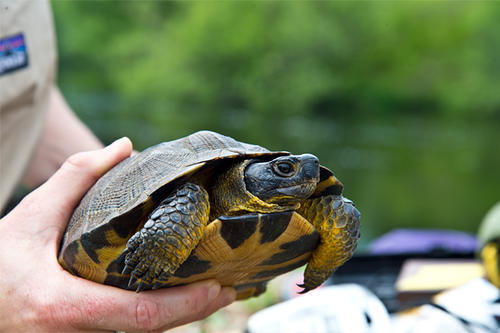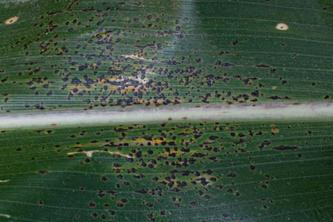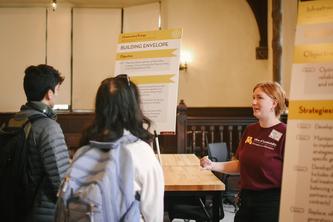
They’re well adapted to the rigors of forest life, but wood turtles face threats. In northern Minnesota, the biggest is the badgers, skunks, and raccoons that eat their eggs.
Now, researchers at UMD’s Natural Resources Research Institute (NRRI) and the Minnesota Department of Natural Resources, along with turtle expert and UMTC grad Donald Brown of West Virginia University, are giving the slow but hardy reptiles a better chance at thriving far into the future.
A team led by Brown and NRRI biologist Ron Moen is gathering data that will lead to better ways of managing them.
“Their numbers were possibly declining, but we couldn’t confirm that,” says Moen. “Donald designed a protocol for counting them. And I’m modeling their populations.”
Maria Berkeland, a UMD graduate student in Integrated Biological Sciences, leads a field team of three UMD undergraduates and an occasional volunteer, all four studying biology.
“Turtles are super cute and really interesting animals,” says Berkeland. “I’m learning how to manage a crew, coordinate fieldwork, and manage data. These skills will be useful for a career in wildlife biology.”
Since field work began in spring 2015, the researchers have counted about 500 turtles in one population and documented that although females lay eggs close to water, they move farther from water than males after nesting season. They also found a 55-year-old turtle—the oldest wild wood turtle ever recorded.
The project is part of a multistate non-game research effort funded through the federal State Wildlife Grants program.
- Categories:
- Agriculture and Environment





